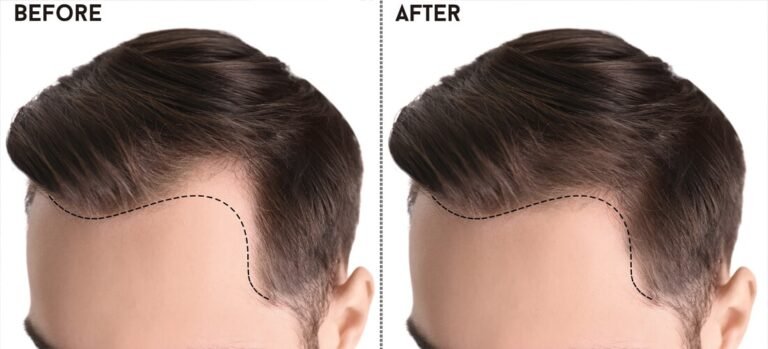A beautiful smile is not just about aesthetics; it also reflects good oral health and confidence. Orthodontic braces play a crucial role in correcting misaligned teeth, improving bite function, and enhancing overall dental appearance. Whether for teenagers or adults, braces are a trusted solution to achieve straight, well-aligned teeth that last a lifetime.
What Are Orthodontic Braces?
Orthodontic braces are dental devices designed to gradually move teeth into their proper positions. They apply continuous, gentle pressure over time, correcting crooked, overcrowded, or gapped teeth. Braces also address bite issues such as overbite, underbite, and crossbite, ensuring better oral function and health.
Types of Orthodontic Braces
Modern dentistry offers several types of braces to suit different needs and lifestyles:
-
Metal Braces – Traditional braces made of stainless steel are durable and effective. They consist of brackets and wires, often chosen for younger patients due to their affordability and strength.
-
Ceramic Braces – These braces use tooth-colored or clear brackets, making them less noticeable than metal braces. They are popular among adults who want discreet treatment.
-
Lingual Braces – Placed behind the teeth, lingual braces remain invisible from the front. They deliver the same results as traditional braces but are customized for each patient.
-
Clear Aligners – Although not braces in the traditional sense, clear aligners like Invisalign are removable trays that gradually shift teeth. They are convenient, nearly invisible, and easy to maintain.
Benefits of Braces
The advantages of orthodontic braces go far beyond aesthetics:
-
Improved Oral Health – Straight teeth are easier to clean, reducing the risk of cavities, gum disease, and plaque buildup.
-
Better Bite Function – Correcting misalignment improves chewing and speech, preventing strain on jaw joints.
-
Boosted Confidence – A straighter smile enhances self-esteem and encourages healthier social interactions.
-
Long-Term Benefits – Proper alignment ensures teeth last longer and prevents unnecessary wear and tear.
The Treatment Process
The orthodontic journey begins with a consultation, where the dentist or orthodontist evaluates your teeth, jaw alignment, and overall oral health. Diagnostic tools like X-rays and impressions help create a personalized treatment plan.
Once braces are applied, regular adjustments are necessary to guide teeth into their desired positions. Treatment duration varies, typically ranging from 12 months to 3 years, depending on the complexity of the case. After braces are removed, retainers are prescribed to maintain the new alignment and prevent relapse.
Caring for Braces
Maintaining good oral hygiene is essential during orthodontic treatment. Patients should:
-
Brush and floss thoroughly to remove food particles and plaque.
-
Avoid hard, sticky, or sugary foods that can damage brackets and wires.
-
Attend regular dental checkups and orthodontic adjustments.
Conclusion
Orthodontic braces are a proven and effective solution for achieving a healthy, confident smile. With advancements in dental technology, patients can now choose from a variety of options that balance comfort, appearance, and efficiency. Whether traditional metal braces or modern clear aligners, the journey to straighter teeth is an investment in long-term oral health and self-confidence.



